Running an online business comes with one key question: Who should handle your products once a customer hits “buy”? You’ve got two main options—Amazon FBA or a 3PL provider. Each has its strengths, and the right choice depends on how you want to grow and manage your brand.
Amazon FBA offers speed and convenience, while 3PL gives you flexibility and control. In this guide, we’ll break down both options in simple, clear language so you can see which path fits your business best and why.
What Is Amazon FBA and How Does It Work?
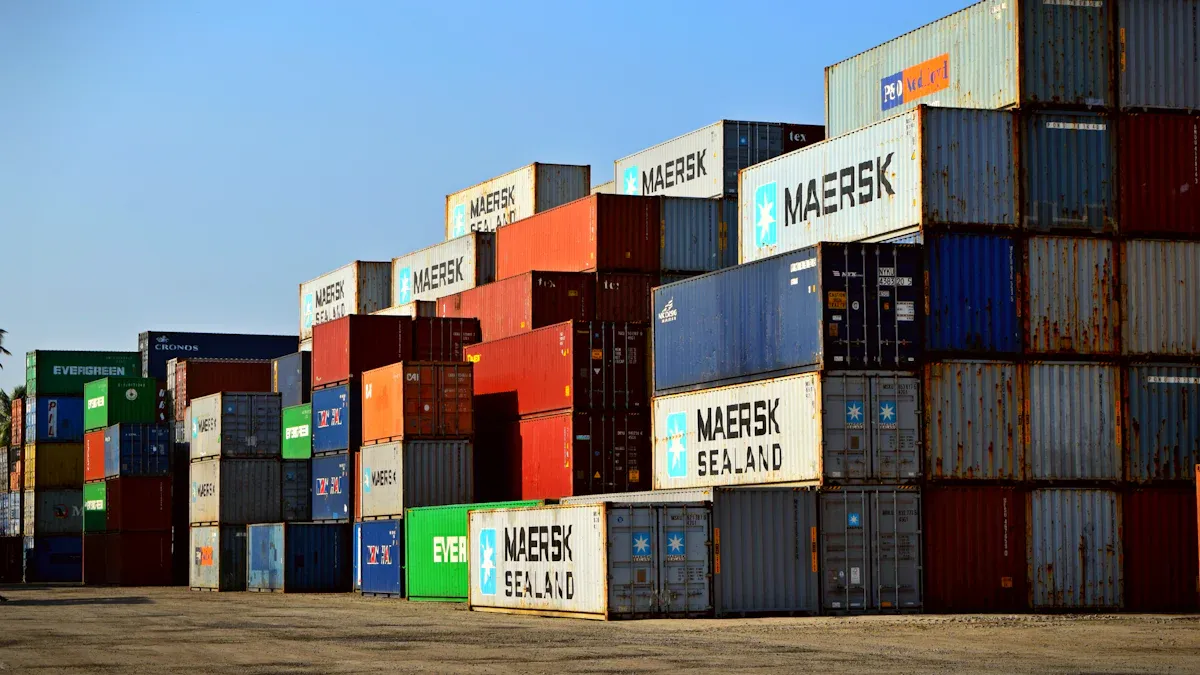
How Amazon FBA Handles Fulfillment
Amazon FBA, or Fulfillment by Amazon, allows sellers to store products in Amazon’s warehouses. Amazon takes care of picking, emballage, expédition, et service client. This system saves sellers significant time and effort, especially when order volumes grow quickly.
Prime Shipping and Customer Support
Using FBA makes your products eligible for Amazon Prime, which can boost sales because Prime members expect fast delivery. FBA also handles returns and customer inquiries, reducing the operational burden for sellers. Dans 2024, Amazon FBA processed over 5 billion shipments globally, highlighting its efficiency.
Costs and Compliance Considerations
While FBA is convenient, sellers must follow Amazon’s rules on labeling and packaging. Storage fees vary by item size: small items may cost around $2.50 per month, while larger items can exceed $10. Costs can accumulate if products remain in warehouses for extended periods.
What Is a 3PL and How Does It Support Your Business?

Definition and Role of a 3PL
A 3PL, or third-party logistics provider, is an external company that manages storage, remplissage des commandes, and shipping for businesses. Unlike Amazon FBA, 3PLs serve multiple clients and are not tied to a single marketplace, giving sellers more control over inventory and brand management.
Customizable Services and Technology Integration
Most 3PLs offer flexible services. You can select which tasks they handle, including warehousing, conditionnement, étiquetage, or international shipping. Many providers also integrate with e-commerce platforms, offering real-time dashboards to monitor stock levels and order status. Companies like ShipBob and Rakuten Super Logistics excel in this area.
Cost Advantages and Global Reach
Using a 3PL can be cost-effective, particularly for businesses selling on multiple channels. Fees are often based on volume, poids, or specific services rather than fixed rates. 3PLs also simplify international shipping, providing greater flexibility for global business expansion.
Key Differences Between Amazon FBA and 3PL Fulfillment
Quick Comparison: Amazon FBA vs. 3PL
| Aspect | Amazon FBA | 3PL Fulfillment |
|---|---|---|
| Operational Control | Managed entirely by Amazon | Full control by seller or brand |
| Cost Structure | Fixed fees; higher during peak seasons | Flexible, volume-based pricing |
| Branding and Packaging | Standard Amazon packaging | Custom packaging and branding |
| Shipping and Delivery | Fast Prime delivery via Amazon network | Flexible speed based on warehouse and carrier |
| Service client | Handled by Amazon | Managed by seller or 3PL provider |
| Sales Channels | Amazon marketplace only | Multi-channel (Shopify, eBay, etc.) |
| Évolutivité | Easy to scale within Amazon | Scales across multiple markets and platforms |
| Storage and Inventory | Stored in Amazon fulfillment centers; limited visibility | Multi-warehouse storage; full transparency and control |
| Best For | Amazon-focused sellers | Brands seeking flexibility, contrôle, and multi-channel growth |
Amazon FBA vs 3PL Fulfillment: Key Differences
Ownership and Control
-
Amazon FBA: Amazon manages inventory, emballage, expédition, et service client, meaning sellers have limited control over daily operations.
-
3PL: Offers greater flexibility—sellers can choose warehouse locations, shipping carriers, and service standards, allowing full visibility and control over logistics.
Cost Structure
-
Amazon FBA: Charges fixed storage and fulfillment fees, which can increase during high-demand seasons. Costs may also rise with long-term storage.
-
3PL: Provides flexible, volume-based pricing that can be more cost-effective for large or seasonal inventories.
Branding and Packaging
-
Amazon FBA: Uses standard Amazon-branded packaging with minimal customization options, limiting brand visibility.
-
3PL: Enables custom packaging, branded inserts, and labeling that reinforce your brand identity.
Shipping and Delivery
-
Amazon FBA: Offers fast Prime delivery backed by Amazon’s global network, ideal for reaching Amazon Prime customers quickly.
-
3PL: Shipping speed depends on warehouse proximity and chosen carrier, offering flexibility to balance cost and delivery time.
Customer Service and Returns
-
Amazon FBA: Amazon handles all customer inquiries, returns, and refunds directly, reducing the seller’s workload.
-
3PL: Customer service is managed by the seller or the 3PL team, allowing personalized and brand-aligned interactions.
Sales Channels
-
Amazon FBA: Limited to orders placed on the Amazon marketplace.
-
3PL: Supports multi-channel fulfillment across Amazon, Shopify, eBay, WooCommerce, and other e-commerce platforms.
Scalability and Flexibility
-
Amazon FBA: Simplifies scaling for Amazon-only sellers but limits customization and multi-channel growth.
-
3PL: Scales with your business needs, supporting international expansion, special product handling, and diverse sales platforms.
Storage and Inventory Management
-
Amazon FBA: Goods are stored in Amazon’s fulfillment centers, where sellers have limited visibility into stock handling and limited ability to manage restocking frequency or space allocation.
-
3PL: Provides full transparency and flexibility—brands can distribute inventory across multiple warehouses, optimize stock levels, and strategically position goods closer to their customers to reduce delivery costs and lead times.
Pros and Cons of Using Amazon FBA
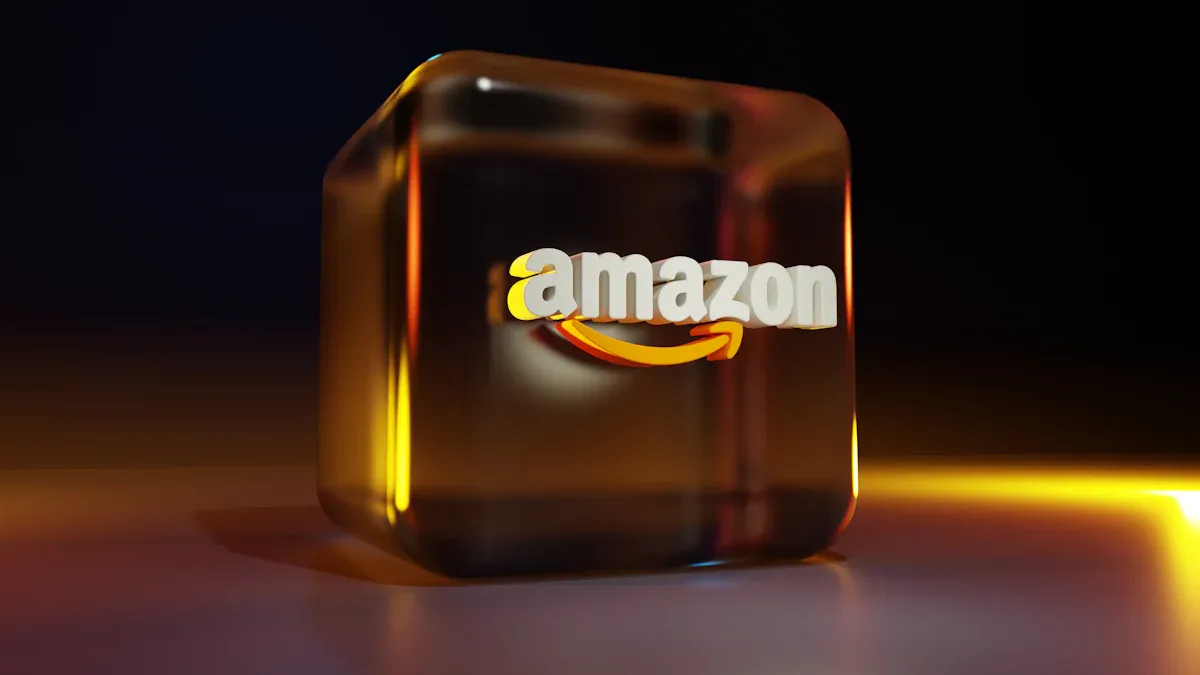
Amazon FBA is a popular choice for many sellers because of its convenience, speed, and access to a large customer base. Cependant, it also has limitations.
Pros:
-
Time-Saving: Amazon handles picking, emballage, expédition, and returns.
-
Prime Eligibility: Products gain access to millions of Amazon Prime members.
-
Reliable Shipping: Amazon’s vast network ensures fast and accurate deliveries.
-
Customer Trust: FBA products often rank higher and have better conversion rates.
Cons:
-
Costly Fees: Storage and fulfillment fees can be high, especially for large or slow-moving items.
-
Limited Branding: Standard packaging restricts marketing opportunities.
-
Inventory Control: Less flexibility in managing stock levels.
-
Marketplace Dependence: You rely heavily on Amazon’s rules and policies.
FBA is excellent for fast-moving consumer goods or small items with consistent demand. Cependant, it may not be cost-effective for seasonal or bulky products, where storage fees can quickly exceed profit margins.
Pros and Cons of Using a 3PL Provider
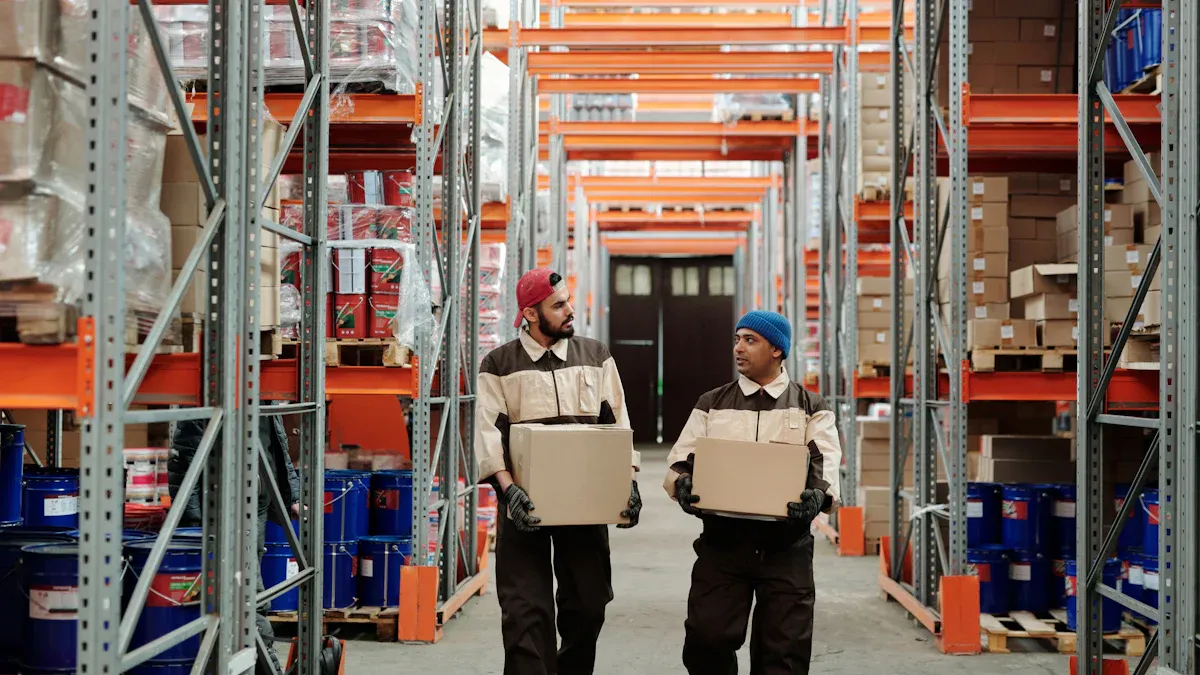
A 3PL offers more flexibility and control but requires careful management. Here’s a closer look at the advantages and disadvantages:
Pros:
-
Flexibility: Supports multiple sales channels and shipping strategies.
-
Emballage personnalisé: Offers branded inserts and satisfying packaging customization.
-
Cost-Effective for Larger Volumes: Scales with your order volume and seasonal peaks.
-
International Shipping: Easier to manage cross-border logistics with experienced 3PLs.
Cons:
-
Setup Complexity: Requires integration with e-commerce platforms and inventory management systems.
-
Variable Shipping Speed: Not all 3PLs match Amazon’s fast delivery network.
-
Customer Service Responsibility: Returns and support may still fall on you unless you contract additional services.
From a logistics perspective, a 3PL is ideal for brands seeking flexibility, multi-channel selling, or international expansion. You maintain control over inventory and customer experience, but you must invest in management systems and operational oversight.
How to Decide the Right Fulfillment Strategy for You
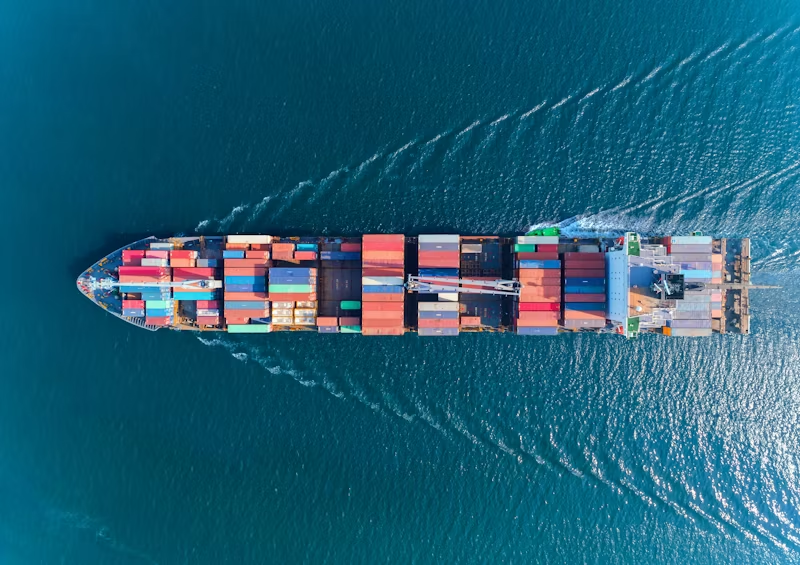
Evaluate Your Products and Sales Channels
Choosing the right fulfillment method starts with understanding your products and where you sell them. Small, fast-moving items often do well with FBA due to lower shipping costs and efficient handling. If you sell on multiple platforms, a 3PL can offer more flexibility to manage inventory across channels.
Consider Costs, Branding, and Customer Service
Cost sensitivity, branding, and service expectations are key. FBA charges fixed storage and fulfillment fees, while 3PLs may offer scalable pricing based on volume or services. If branded packaging and personalized experiences are important, a 3PL is usually better. Customer support is automatic with FBA, but requires more management with a 3PL.
Plan for Growth and International Expansion
Think about your long-term goals. For international sales, 3PLs provide tools to manage customs, tariffs, and multi-country shipping efficiently. FBA is generally limited to Amazon’s network, though Amazon Global can help. Matching your fulfillment strategy with growth plans ensures cost efficiency and operational control.
Making a Practical Choice
Many businesses find a hybrid approach works best. Par exemple, using FBA for high-demand, fast-moving items and a 3PL for custom, seasonal, or international orders allows you to balance convenience and control. Tracking data such as monthly sales volume, average order size, and storage turnover can guide ongoing adjustments to your fulfillment strategy.
Réflexions finales
Choosing between Amazon FBA and 3PL isn’t a one-size-fits-all decision. FBA offers convenience and speed, while 3PL provides flexibility and control. The best shipping solution depends on your sales channels, branding goals, and growth plans.
Partnering with a professional sourcing agency like Splygo Sourcing makes the decision easier. Their expertise helps you navigate costs, logistique, and provider selection so you can focus on growing your business. With the right strategy and support, your fulfillment process can become a true advantage rather than a headache.








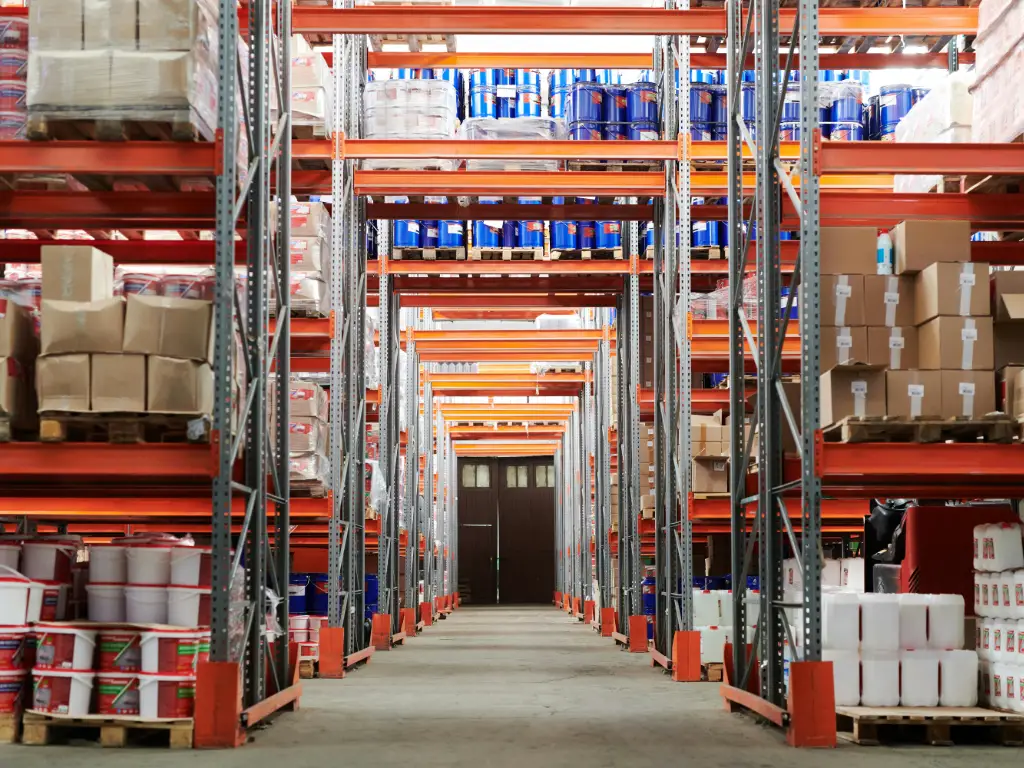











Contactez Splygo pour vos besoins
Prêt à vivre nos plus services? Contactez-nous dès aujourd'hui pour discuter de vos besoins et trouvez la bonne solution pour vos besoins.